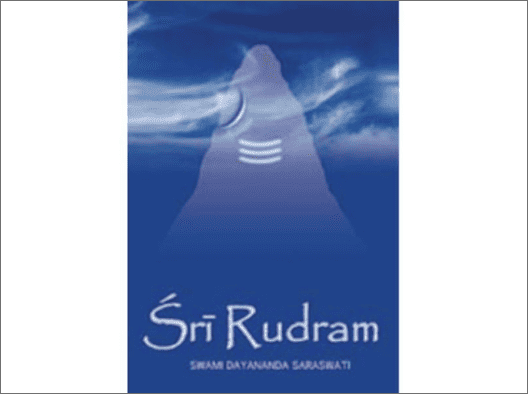Maha Shivaratri


Maha Shivaratri
Maha Shivaratri, or the 'Great Night of Shiva,' holds immense significance in the Hindu calendar. It is a night of devotion, spirituality, and introspection that transcends boundaries. In this blog post, we will delve into the deeper meanings of Shivaratri and explore the traditions associated with this auspicious occasion.
The word Shiva, means the auspicious one. He has several aspects – of compassion, destruction, benevelonce and is worshipped as Ishwara, Rudra or Sadashiva.
Significance of Maha-Shivaratri:
Maha-Shivaratri is the most auspicious and important festival of the year for all Shaivites. There are several mythological stories about Shivaratri. Ascetics believe it is the day the Mahadev became one with Mount Kailash – absolutely still. In yogic tradition, it is believed that after many millions of years in meditation, one day Shiva became absolutely still. That day is considered to be Shivaratri. A vast majority believe that Maha-Shivaratri was the day Shiva and Parvati Devi got married.
One belief is that during this night, Lord Shiva as Nataraja, the Lord of the Dance, first performed the Dance of Bliss – the “Ananda Tandava”. The Linga Purana also indicates that on this day Shiva took the form of the Lingam, a column of light with no beginning and no end to signify His infinite existence.
Maha Shivaratri is the most sacred festival of Lord Shiva, and it falls on the night of the fourteenth (Chaturdashi) day of the waning phase of the moon. According to the lunar cycle, there are 12 Shivaratris that occur during the year, each falling on the fourteenth day (Chaturdashi) of the waning phase of the moon (Krishna Paksha). Maha-Shivaratri, which falls during Phalguna or Magha Masa, is the most auspicious of the twelve. Astrologically, the position of the stars, sun and moon on this particular day help in elevating the mind. Therefore, many Indian astrologers advocate that this auspicious day is congenial for spiritual practices and meditation. It is believed that worshipping Lord Shiva on Maha-Shivaratri is the easiest way to attain salvation and be freed from the cycle of birth and death.
On the day of Maha Shivaratri, almost all temples dedicated to Lord Shiva see a huge congregation of devotees from the early hours of the evening through the night! People throng these holy temples to perform the traditional Shivalinga pooja. At their turn, devotees circumambulate the Shivalinga, three or seven times, and then gently pour water/gangajal over it. Some also pour milk and some use Vibhuti (sacred ash) for the Abhisheka while chanting mantras. The sounds of bells and chants of ‘Om Namah Shivaya’ reverberate in the temple premises. The aroma of camphor burning on the aarti lamps adds to the atmosphere of divinity. Everyone is traditionally dressed in dhotis/ panchakachams and it is very common to wear rudraksha malas as well.
The night of Maha Shivaratri is split into 4 with one complete puja offered every quarter, amounting to one complete puja spread over 3 hours. Those who perform Maha Shivaratri pooja at home perform abhishekam of milk, honey, Vibhuti, gangajal, rose water, honey and Bilva leaves to their Shivaling, while continuously chanting any of the sacred Vedic chants known to them. Ladies dress in traditional sarees, and the men in dhotis, with the quintessential tika on their forehead. Prasad is offered in a traditional brass or silver plate or bowl to the Lord.
Most temples across india have congregations of devotees chanting Sri Rudram Chamakam throughout the night, in unison.
Maha Shivaratri stands out as a night of deep spiritual significance and introspection. Whether one observes it through rituals, prayer, or quiet contemplation, the essence of Shivaratri lies in the sincere connection with the divine and the pursuit of inner transformation. May this sacred night inspire us all to embrace the eternal dance of life with grace and humility.










